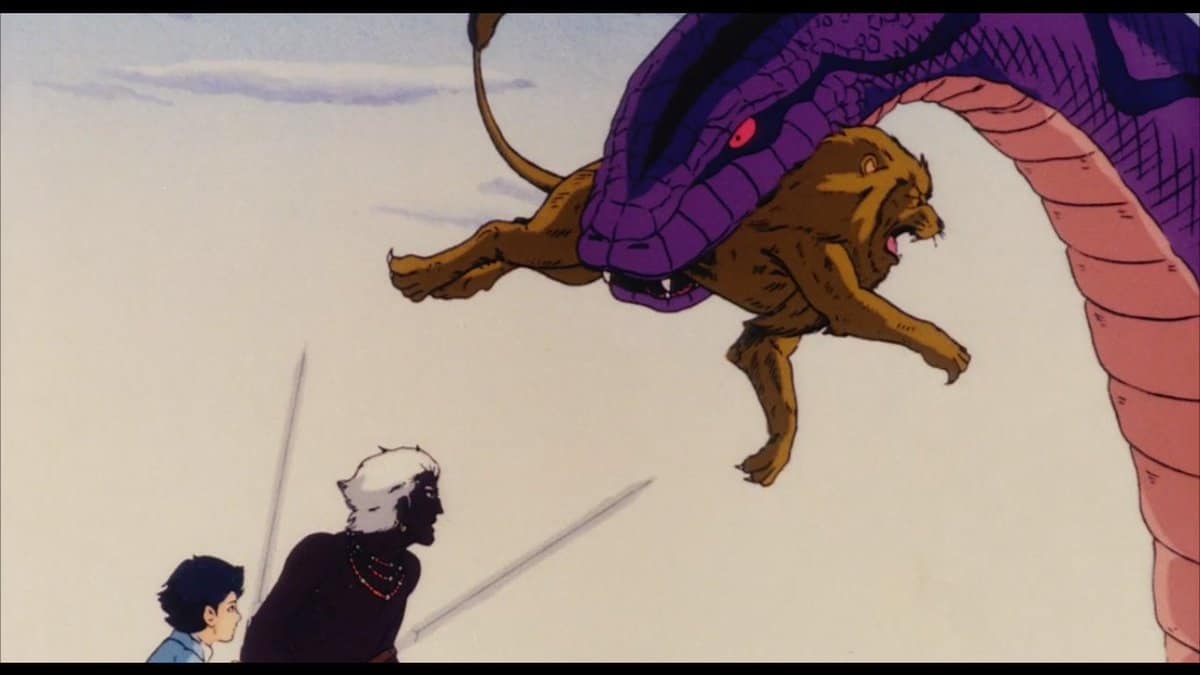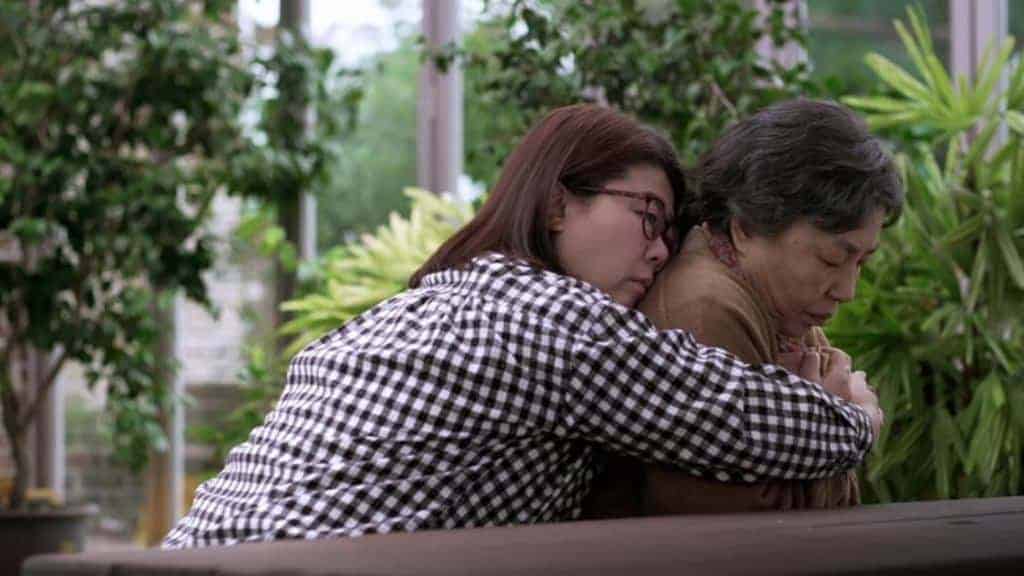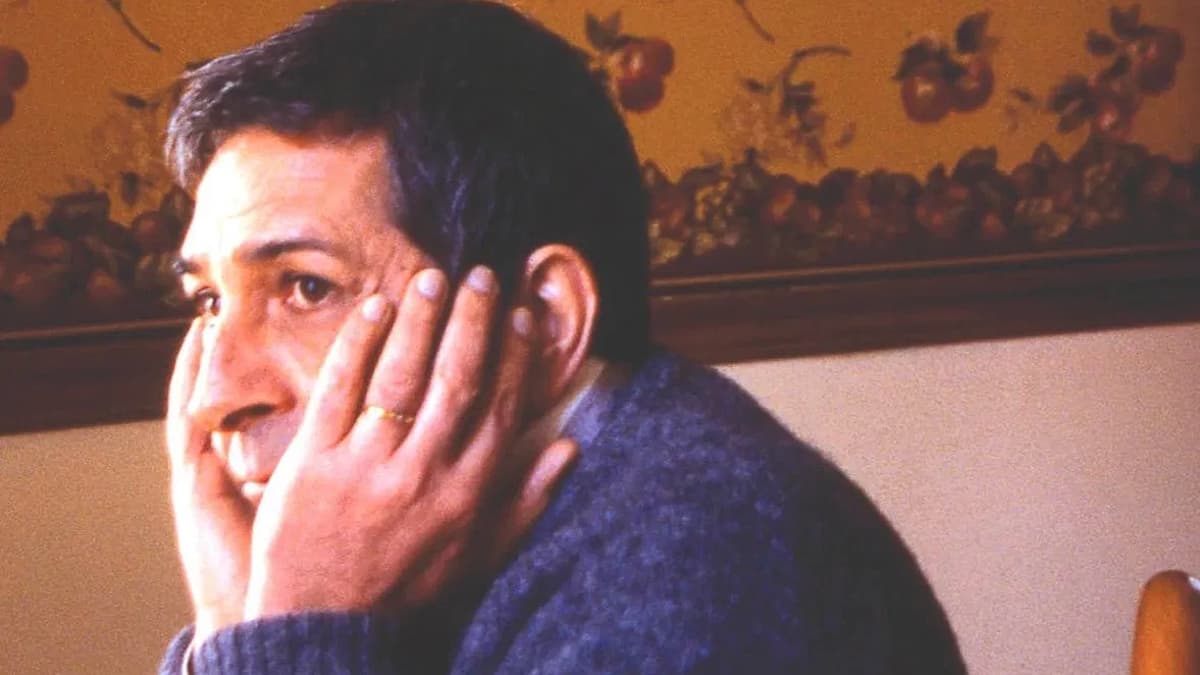As it is widely known, Studio Ghibli has been impacting the anime industry rather significantly throughout the years, with some specific elements, such as the relationship with nature and using kids to comment on rather serious topics. being the most widely implemented. “Made in Abyss” is another of these titles, which goes though, into more mature territory, particularly after a point, when violence becomes a factor. Initially a manga series written and illustrated by Akihito Tsukushi, it then became an anime series and a movie, a video game, while a live-action adaptation is in the works.
An orphaned girl named Riko lives in the Belchero Orphanage in the town of Orth, which surrounds an enormous pit and cave system called the “Abyss”. The hole harbors artifacts and remnants of civilizations long gone, and is, therefore, a popular hunting spot for so-called Cave Raiders, who undertake arduous and dangerous descents into the mist-filled pit to recover whatever relics they can find. Apart from the benefits, however, there are a number of dangerous creatures lurking in its depths, while “the Curse of the Abyss,” a mysterious and potentially fatal malady, manifests upon ascension, and becomes worse the deeper one goes. As such, there are very few who have managed to reach the far depths and have returned to tell their experiences, a feat that bestows upon them the title of the White Whistles, the highest among cave dwellers. One of those is Riko's mother, Lyza, with the girl always aspiring to reach the level of her mother.
One day, during one of her descents, Riko is saved by a robot who resembles a human boy (even fostering a penis, in one of the recurring jokes in the series), and decides to take him with her to the orphanage. After many trials and tribulations, and after learning of some rumors about her mother reaching the bottom of the Abyss, Rico and Reg, the name of the robot, begin their descent. Thus begins what is essentially an odyssey, with the two youths facing a number of obstacles, foes, and allies in their descent, while learning more about themselves and the mystery surrounding Reg's creation, Lyza's birth and her mother, and the overall concept of the White Whistles.
Masayuki Kojima creates an amalgam of elements, all of which coexist in harmony, in one of the best narratives we have seen recently in the industry. The mountain-climbing (the opposite but essentially the same) is the base here, but the way the two progress through deeper levels where the difficulty of surviving increases, also add an rpg element here that is quite appealing. The mystery that surrounds the Abyss as a whole, the sickness the people who get deeper get (which mirrors what happens to people who actually climb high mountains or repeatedly dive in the sea), as much as the aforementioned three questions about the past of the protagonists results in yet another level, adding to the overall atmosphere. Furthermore, throughout the story, comments on how religion is shaped, and the role the unknown plays in that, as much as the concept of gods and heroes also comes to the fore, enriching the overall context.
At the same time, the fact that Riko and her friends all are orphans, as much as that for the poor people of Orth jeopardizing their lives to descent the Abyss is the only way of making an income, add drama to the story, in an aspect that finds its apogee in the last episodes of the circle when the duo stumble upon Nanachi and Mitty. Furthermore, the way the drama becomes brutal, even more so since the usual concept is children being tortured by grown ups, adds another element, that of violence and brutality, whose level is actually shocking on occasion. Add to that a level of disgustment, most frequently deriving from the creatures the two have to eat, and large quantities of blood that occasionally fill the screen, and you have a title that is definitely not for kids, even if those elements are the exception and not the rule. The appearance of Ozen, and her tough love is another epicenter here, with the backstory she shares with Lyza adding more to the mystery, while the design of the character is also unique, as it is essentially black and white. Lastly, the action is quite intense, in both fighting and escaping situations, in essentially a central element of the series that highlights the excellent job done by Kinema Citrus in the animation department.
And talking about the technical aspects, it is easy to say that this is where the anime truly thrives. The artform of the character is peculiar, considering that the children in particular look like bobble heads with their huge heads and faces and their thin and short bodies but the details is on a rather high level, while the various children are easy to distinguish, in a testament to the excellent work of Kazuchika Kise in the character design. Moreover, the various key characters are all quite unique in their presentation, in completely different artforms from the children and each other for that matter, while the various monsters/animals are well-drawn within their specific nature, cementing the impressive work in the department. Even more impressive is the level of detail in the background, with almost every frame worth examining, as their quality easily mirrors that of paintings. Even the presentation of the map of the Abyss is astonishing, in a feat that is very rarely met in series.
“Made in Abyss” is a masterpiece, a series that ticks all the columns, in context, entertainment and production, and a series which I feel everyone should watch at some point.

















